The British Constructional Steelwork Association and Steel for Life, with the support of the Steel Construction Institute, have produced answers to 11 frequently asked questions from specifiers on steel, sustainability and climate change. More detailed answers to each of the questions can be accessed on the BCSA website
1. Should I specify a high percentage of recycled materials?
Answer: Recycling is good for the planet because it reduces waste and conserves (or substitutes) primary resources; furthermore, recycling generally saves energy and reduces carbon emissions.

Specifying a high recycled content is a good driver for products where the aim is to encourage and establish a market for recycled materials that are otherwise limited, uneconomic or immature. This is not the case for steel, however, which is already highly recycled (over 95% in the case of structural steel).
Specifying steel with a high recycled content drives no positive climate impact at a global level, can have adverse consequences within the broader sustainability context and may create market distortions.
It should be remembered that both major steel production routes use scrap: the primary or blast furnace-basic oxygen furnace (BF-BOF) route up to 30% recycled content and the secondary electric arc furnace (EAF) route 100%.
2. Why is European steel lower carbon than UK steel?
Answer: The lower average carbon footprint of European steel production is simply a function of the steel production split within Europe compared with that in the UK.
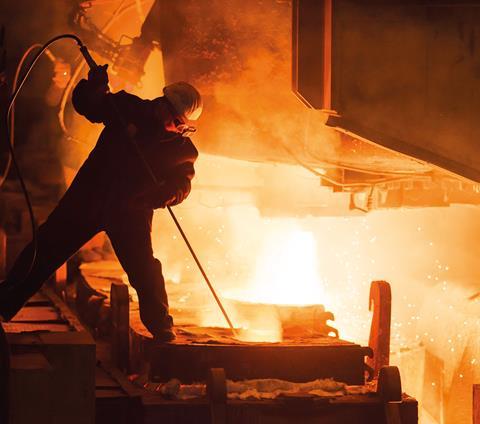
Steel is predominantly manufactured by either of two process routes, namely the primary or basic oxygen steel-making route (BF-BOF) and the secondary, electric arc furnace (EAF) route.
In Europe the production split (for all steel) is around 60:40 (BF-BOF:EAF). In the UK the production split is currently 80:20 (BF-BOF:EAF).
Typically, the EAF steel-making process has a carbon footprint around 20% that of BF-BOF steelmaking. The European and UK average carbon footprint values for steel reflect these different production splits.
As a globally traded product, a UK average production mix for steel sections is meaningless. Instead, and where the steel supplier is unknown, for example at the early design stage, the BCSA recommends the following average UK consumption emissions factors for embodied carbon assessments of structural steelwork:
- For Modules A1-A3, 1.74 tonnes CO₂e per tonne of sections.
- For Module D, −0.93 tonnes CO₂e per tonne of sections.
3. Should I rationalise my design?
Answer: Rationalisation of steelwork design is common practice on most projects in the UK. The main drivers for this are constraints on design fees and time and efficiencies in procurement, fabrication and erection of the steelwork.
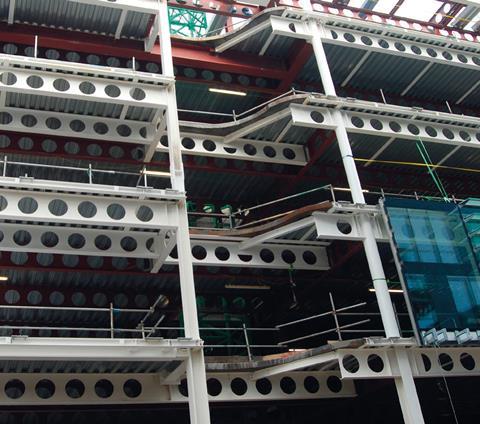
Reviews of steelwork designs have shown that some material efficiency savings are achievable by not rationalising designs, but these studies also conclude that the main cause of over-specified steelwork is conservative engineering assumptions to retain a degree of flexibility or reserve in structural capacity.
4. How strong is S355 steel really?
Answer: S355 steel is a European standard structural steel grade with a minimum yield strength of ReH,min = 355N/mm² for the smallest thickness range covered by the product standard. This is the nominal value of the yield stress, as opposed to the actual measured yield strength (which is usually higher). Steel structures designed to Eurocode 3 adopt nominal values of the steel properties as characteristic values in design calculations.
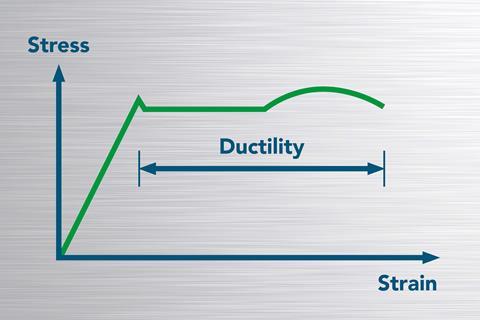
The new Annex E of prEN 1993-1-1:202X gives statistical data of properties for materials currently available on the European market, satisfying the relevant European product standards. For steel grade S355, the mean value Xm is 1.20ReH,min = 426 N/mm² with a coefficient of variation of 5%. The values currently adopted for partial factors m are calibrated on this statistical data, considering a reliability index of 3.8 for a reference period of 50 years. This means that for design purposes, the nominal value cannot simply be substituted by, for example, a mean value without proper recalibration of the partial factors in order to satisfy the reliability requirements from Eurocode 0.
5. How does the circular economy help today’s emissions?

Answer: There are many different facets to the circular economy, including materials efficiency, reuse and recycling. Steel has excellent circular economy credentials both as a material that is strong, durable, versatile and recyclable, and as a structural framing system which is lightweight, flexible, adaptable and reusable.
While the focus of the circular economy in construction is on how to transition from a linear to a circular model, because of steel’s excellent recycling credentials steel it is already circular with very little “leakage” out of the system. Recovery rates for structural steel, for reuse and recycling, are over 95%. Globally, these high recovery and recycling rates translate into savings of around 950mt CO₂ per year.
6. Why are some steel construction products preferentially produced by different production routes?
Answer: All steel construction products can be produced using either of the two principal steelmaking routes: primary blast furnace-basic oxygen furnace (BF-BOF) or the secondary, electric arc furnace (EAF) route. However, for various technical and economic reasons, some products are preferentially produced by one or other of these routes.

The central issue relates to the quality control of the raw materials input to the steelmaking process and the required quality of the finished product. In BF-BOF steelmaking, the primary raw material input is iron ore and controlling the quality of the iron ore is relatively easy and therefore high, and consistent quality steel can be made cost-effectively via this route. The quality is particularly important for producing flat, relatively thin products such as plate.
In EAF steelmaking, the primary input is scrap steel and the quality of the steels produced is dictated by the quality and blend of the scrap. Scrap steel is usually contaminated with tramp elements and some of these elements remain in the finished products, which can affect its quality. Therefore, if high quality control – that is, sorting and blending of scrap – is done, steels of high quality, such as stainless or engineering steel, can be produced. On the other hand, if the quality control is low then relatively low-quality steels can be produced via EAF cost-effectively.
For the above reasons, structural steel plate used in the UK is produced via the BF-BOF. Hot-rolled sections are produced, equally efficiently, via either production route.
7. What is the difference between closed-loop recycling and downcycling?
Answer: Although most UK demolition waste is now recovered following demolition (it is estimated that more than 90% of UK demolition arisings are currently recovered and reused in some form), it is important to know how easy it is to recover and recycle different products and materials and to understand the relative benefits of different forms of recycling and reuse.
Construction materials differ significantly in the ease with which they can be recovered and recycled and if we ignore this aspect then, in effect, we are equating products that are recycled with products that are landfilled!
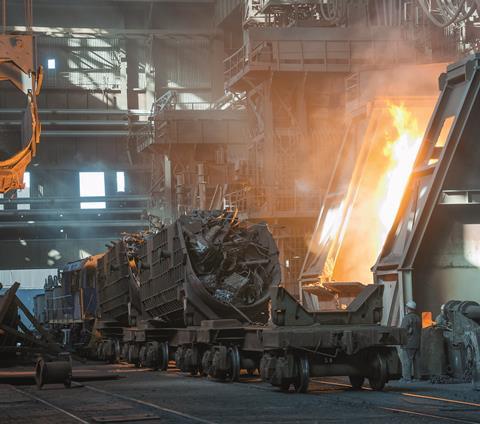
Metals, for example, are infinitely recyclable: they can be recycled again and again into functionally equivalent products. This is the most environmentally beneficial form of recycling and is called closed-loop recycling.
Many other construction products are downcycled into new products that are only suitable for lower-grade, lower-value applications because the recycled product has different, usually lower, material properties. Although waste is diverted from landfill by downcycling, only lower-grade primary resources are saved. For example, crushing bricks and concrete for sub-base or general fill saves aggregates but does not save the resources required to make new bricks or new concrete.
The methodology generally used in construction to quantify these relative recycling or circular economy benefits is called Module D.
8. Why are UK sections produced via the primary (BF-BOF) production route?
Answer: Hot-rolled steel sections can be produced by either the primary BF-BOF or the secondary EAF production routes. The quality and strength of the finished product (to the same product standard) is the same irrespective of the production route.
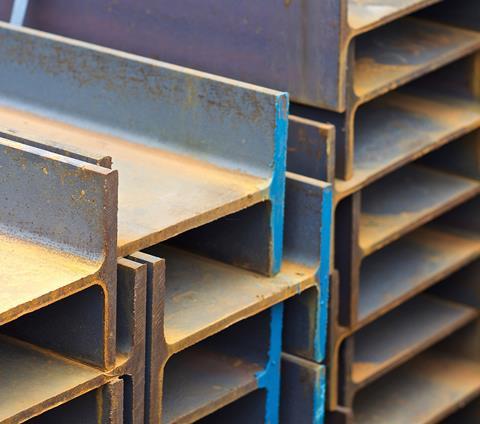
The main reasons the UK mainly uses the BF-BOF steel production route are historical, geographical and political. The current production split of steelmaking in the UK is 80:20 (BF-BOF:EAF). Globally, the split is 70:30.
Early steel production in the UK was located in areas with local availability of the primary raw materials: iron ore and coal. However, over time, it was the proximity to deep-water ports, to enable the import of higher-quality iron ore and coal or coke, that was key to the development and consolidation of primary steelmaking in the large steelworks in south Wales, Scunthorpe, Teesside and Scotland. The proximity of some steelworks to other heavy industries, such as shipbuilding, was also important.
The capacity of the UK’s BF-BOF steel mills, largely developed in the 1960s and 1970s, greatly exceeded the declining domestic demand, which fell from a peak of 28 million tonnes in the 1970s to just 7 million tonnes pa today. This decline has hindered the ability of UK steel producers to invest in new EAF steel mills. A contributory factor has been the high industrial electricity prices in the UK, which are more than 50% above those in other major EU economies.
9. Why is structural steel reuse not more common?
Answer: Reusing structural steel makes good environmental sense and can save money. Reuse, as opposed to the current common practice of recycling structural steel by remelting, offers significant potential in terms of both resource efficiency and carbon emission savings.
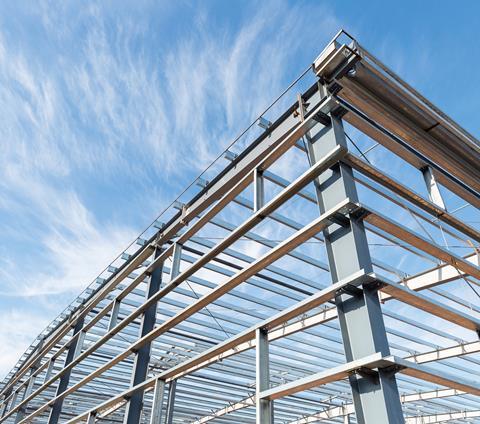
Although technically viable, there are many practical and logistical barriers to more widespread reuse. These include the availability of reclaimed sections, particularly of the desired size, volume and location, and issues relating to the quality, traceability and certification of reclaimed sections. The additional time or programme and cost of sourcing and using reclaimed steel are also barriers.
Despite the barriers, structural steel remains one of the most viable candidate products for mainstream reuse and, without question, reuse will become more commonplace in the future as we embrace circular economy principles.
To help facilitate the reuse of existing structural steel, the Steel Construction Institute has published a protocol (SCI P427) setting out recommendations for data collection, inspection, testing and design of reclaimed structural steelwork.
10. What is Module D and how do I use it?
Answer: European (CEN) Standards relating to the sustainability assessment of construction works adopt a modular approach to assess and report the impacts over the lifecycle of a building. These include: Module A, from the production of the construction products and their assembly into buildings; Module B, the use of the building over its design life; and Module C, the end-of-life of the building including demolition and disposal of the demolition waste.
Module D is a supplementary module that reflects benefits and loads beyond the defined system boundary – meaning the building lifetime – and includes reuse and recycling potentials of materials and products recovered from the end-of-life of buildings. BS EN 15804 now mandates the reporting of Module D.
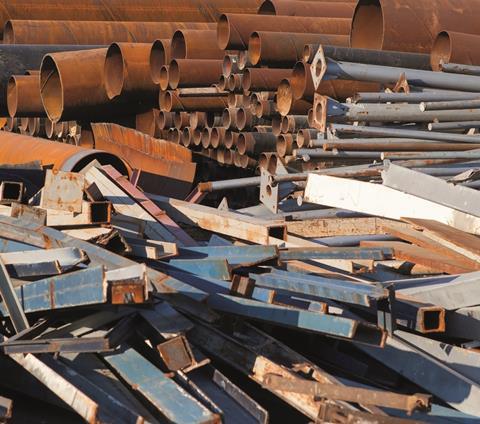
Module D is calculated based on the avoided impacts of primary production. For example, if a product is recycled, the Module D benefit is the avoided impact – that is, the impact avoided by not producing the product via the primary production route. Where there is a loss of quality, for example crushing concrete into rubble, then a value-correction factor is applied to reflect the lower value of this type of recycling.
While BS EN 15804 and BS EN 15978 make clear recommendations about how the environmental impact data should be calculated and reported, how they are used to make decisions is outside the scope of these standards.
Guidance is therefore needed to help designers and specifiers use separate values, for instance Module A and Module D, to make decisions. Whereas reducing Module A impacts may be a current priority for many, ignoring Module D effectively equates a material that is landfilled following demolition with one that is reused or recycled. To transition to a more circular economy, we have to start incentivising design for deconstruction and reuse and set Module D targets alongside those currently being proposed for Module A.
11. How to obtain BREEAM credits for responsibly sourcing structural steelwork?
Answer: Responsible sourcing of construction products is assessed under BREEAM Mat 03, under which up to three credits are achievable. Recognised schemes are listed in BREEAM Guidance Note GN18.
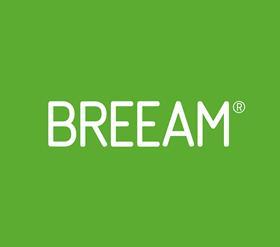
There are situations where a product or material specified by the design team (or chosen by the constructor) is certified at manufacture but is supplied by one or more organisations that have no relevant certification. This reduces the level of assurance because the chain-of-custody or traceability is broken (so-called “broken chain”). This would apply where a steelwork fabricator, without responsible sourcing certification, is using steel from a certified source (steel producer).
BREEAM therefore accepts that steelwork contractors do not need to have their own responsible sourcing certification provided that they are using a recognised quality management system and they are using steel from a certified source.
Steel For Life sponsors
Headline
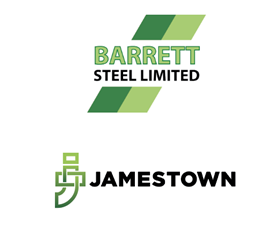
Gold
Ficep UK Ltd, National Tube Stockholders and Cleveland Steel & Tubes, voestalpine Metsec plc, Wedge Group Galvanizing Ltd
Silver
Jack Tighe Ltd, Peddinghaus Corporation



























No comments yet